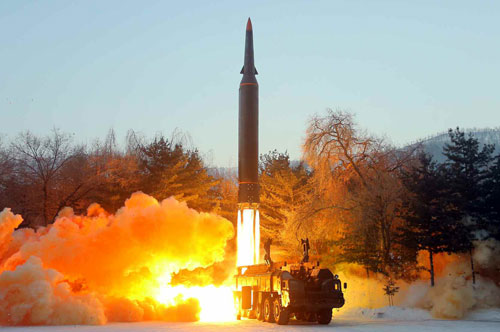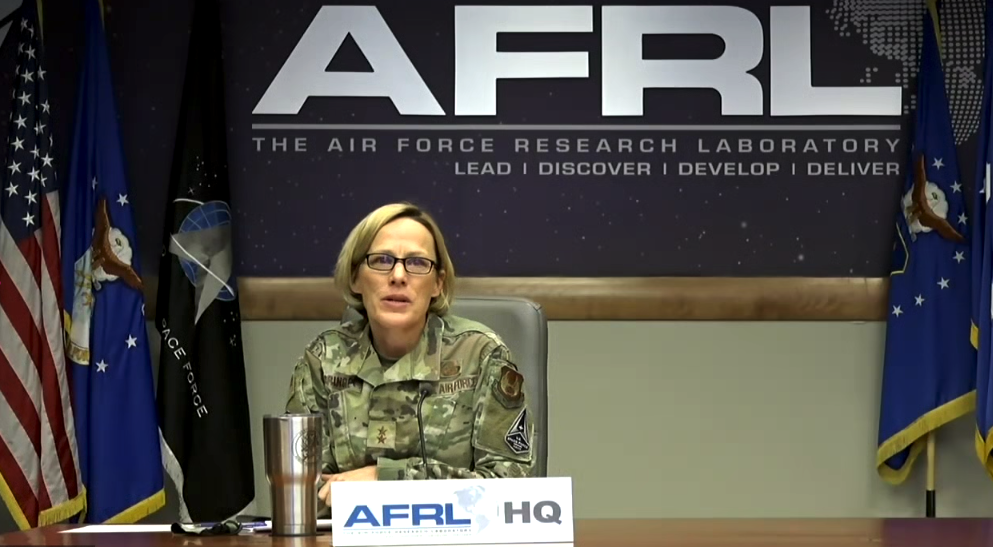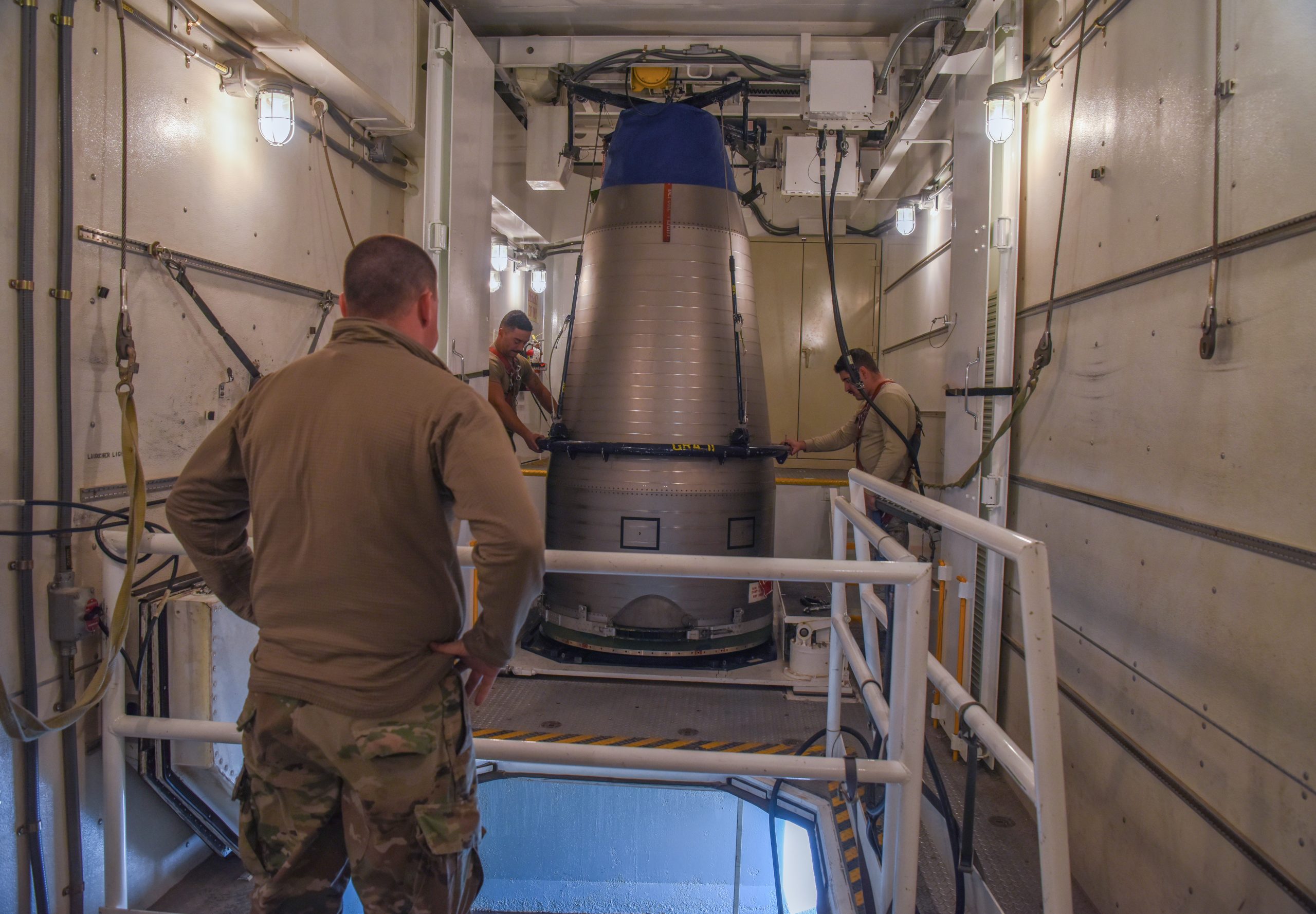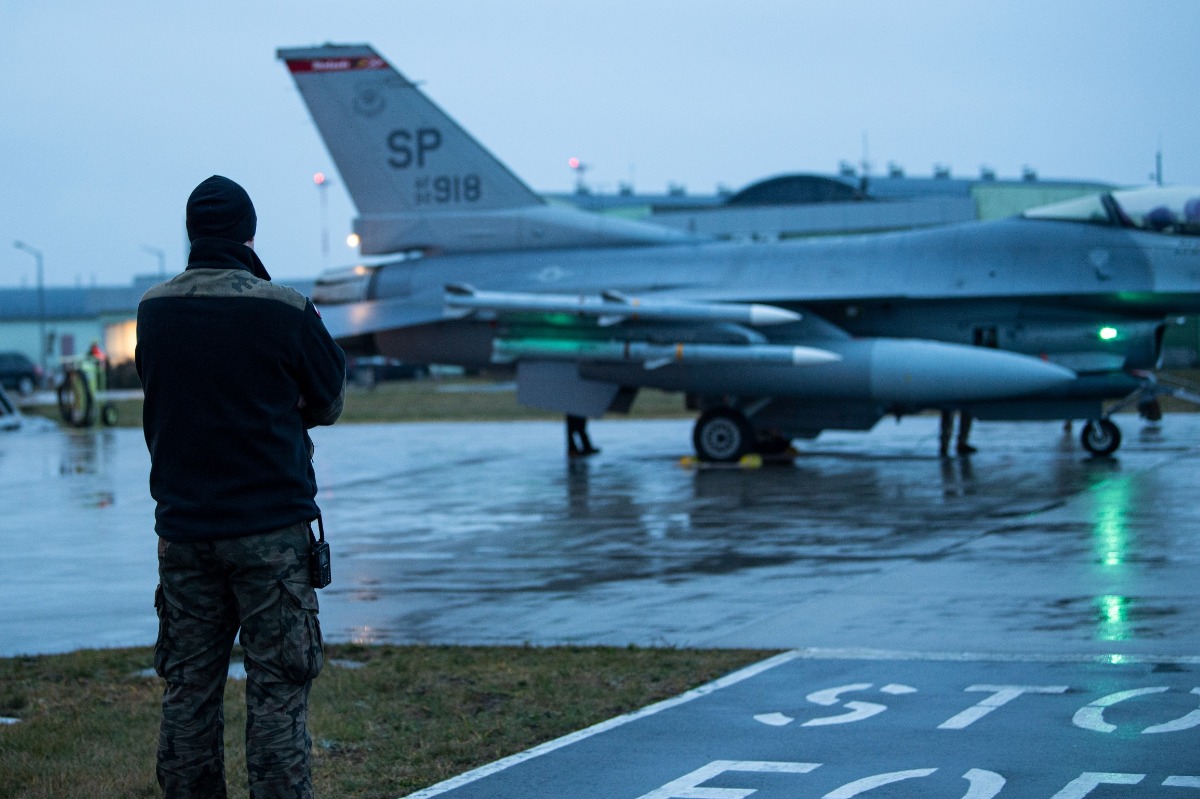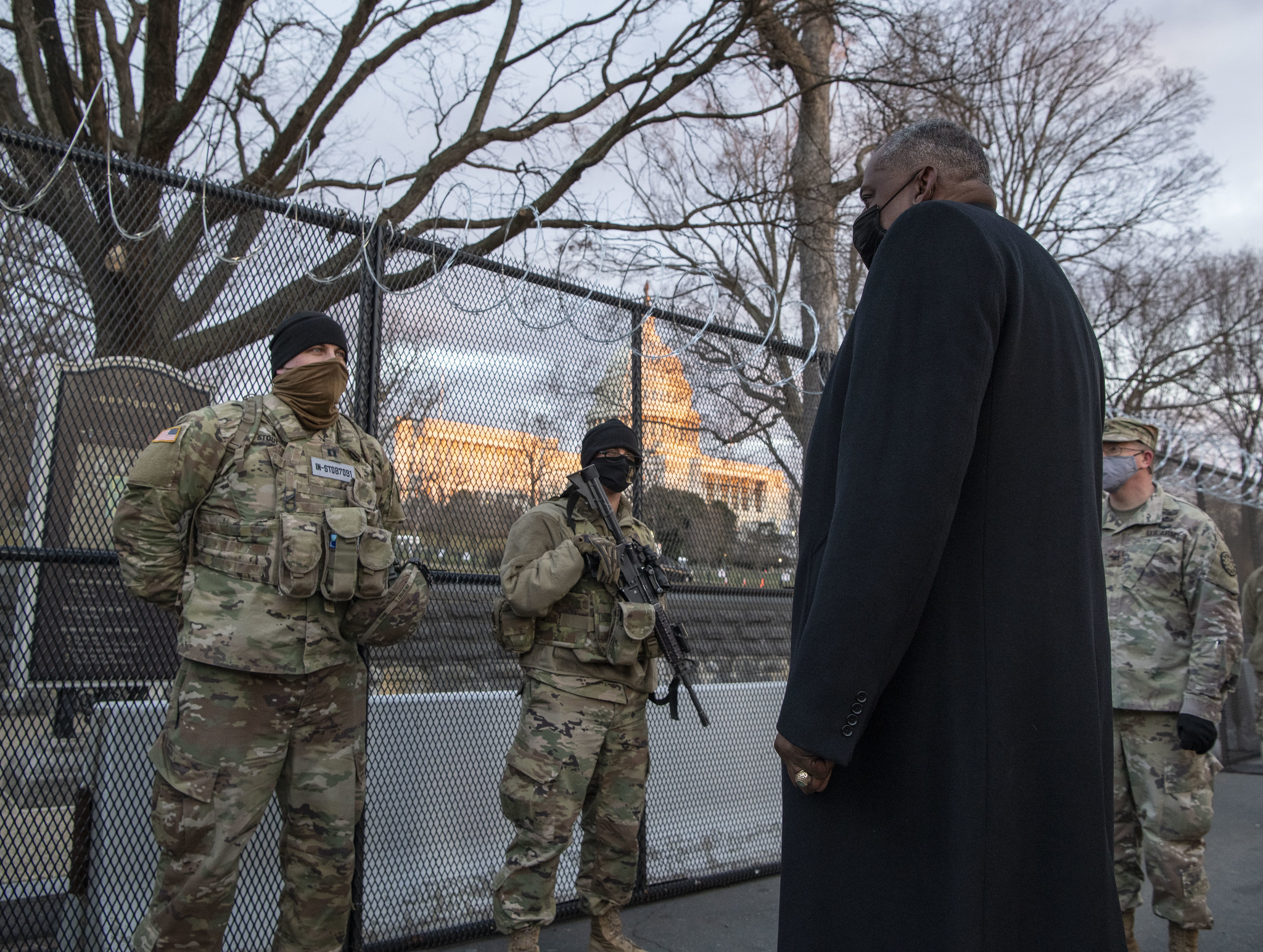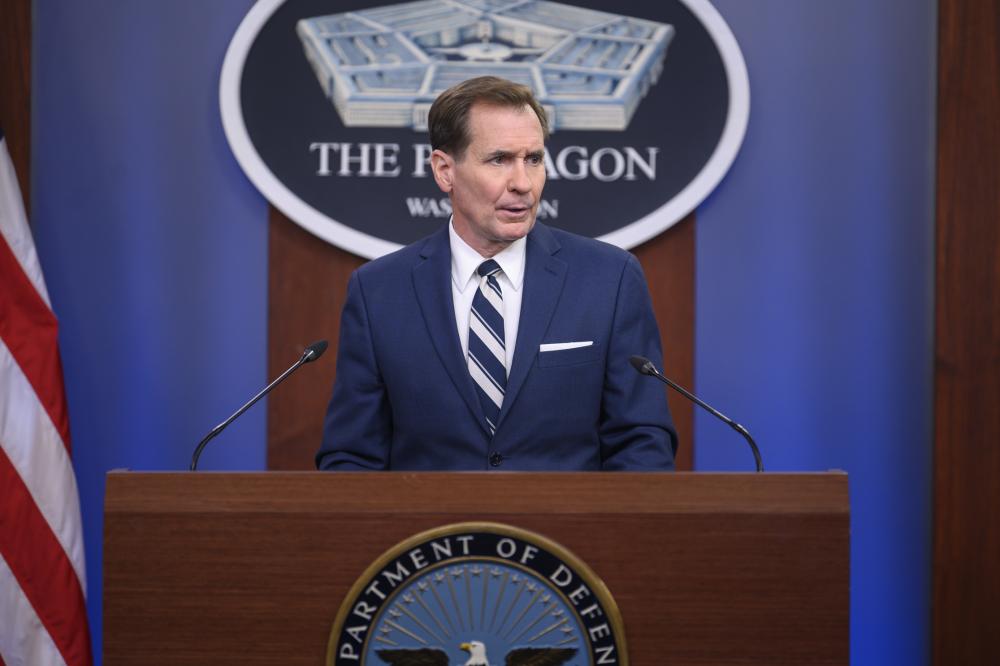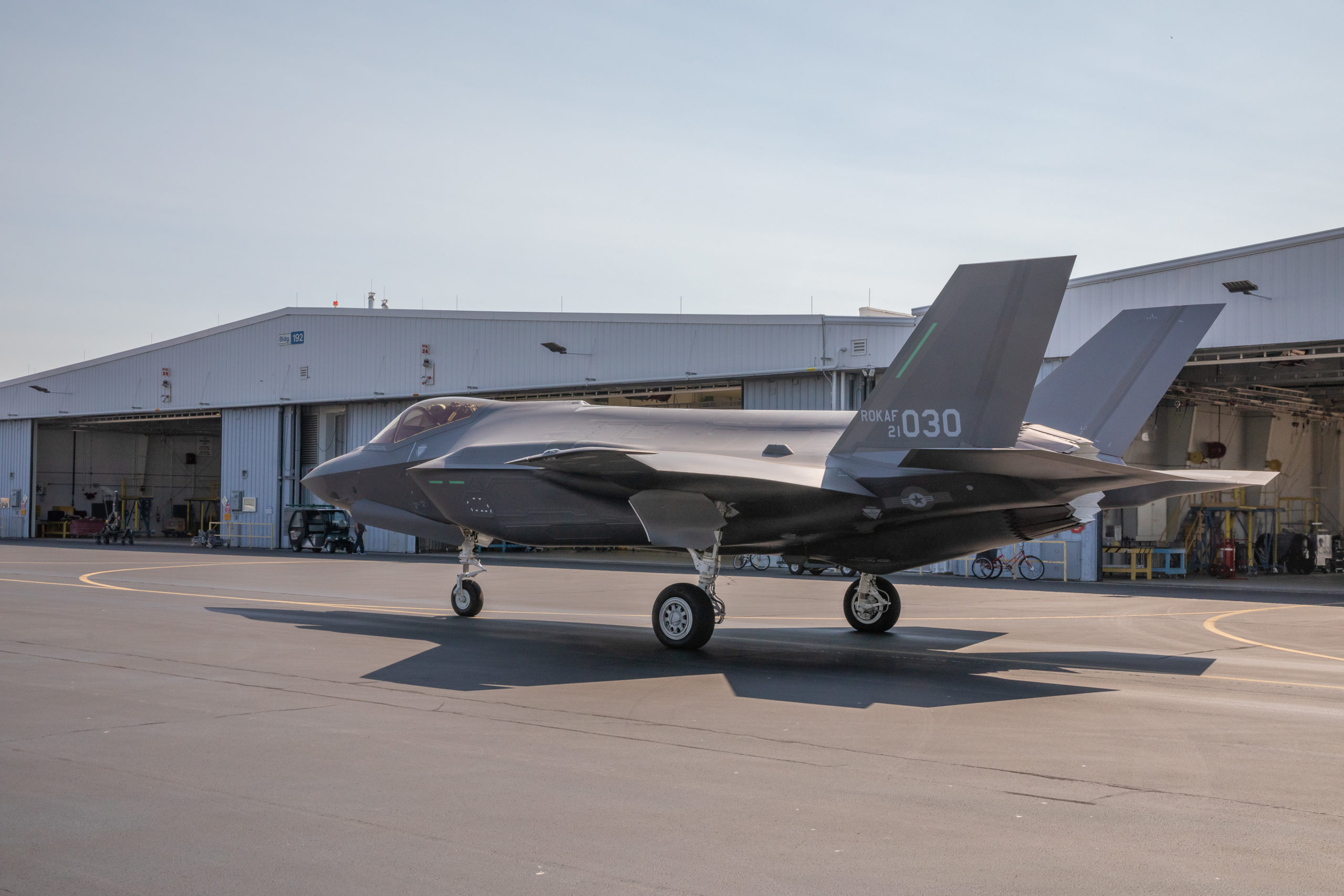The North Korean official news agency claimed Jan. 6 that the regime successfully fired a hypersonic glide weapon the day before, but U.S. Indo-Pacific Command called the test a “ballistic missile launch.”
An official statement from the Democratic People’s Republic of Korea (DPRK) claimed that its Academy of Defence Science fired a hypersonic missile Jan. 5.
Unlike a ballistic missile, which follows a predictable arc to hit its target, a hypersonic missile can change direction midcourse and travel much faster.
“The test launch clearly demonstrated the control and stability of the hypersonic gliding warhead which combined the multi-stage gliding jump flight and the strong lateral movement,” the DPRK statement said.
The statement said the missile made a 120-km (75-mile) lateral movement in flight from the initial launch and hit a target 700 km (435 miles) away.
Hypersonic weapons, which travel at speeds more than five times the speed of sound, launch like a traditional ballistic missile but can fly at lower altitudes, another feature making them more difficult to track and intercept. Both Russia and China claim to have developed hypersonic weapons, and the United States is conducting tests on a variety of its own.
Among the many challenges of fielding hypersonic weapons are the high temperatures at velocities greater than Mach 5 and tremendous forces on flight control surfaces.
INDOPACOM’s Jan. 5 statement condemning the “ballistic missile launch” said the missile test highlighted “the destabilizing impact of the DPRK’s illicit weapons program” and panning it as another ballistic missile launch in violation of United Nations Security Council resolutions.
“We are aware of the ballistic missile launch and are consulting closely with our allies and partners,” the statement read.
“While we have assessed that this event does not pose an immediate threat to U.S. personnel or territory, or to our allies, the ballistic missile launch highlights the destabilizing impact of the DPRK’s illicit weapons program,” the statement continued.
Defense Department spokesman Lt. Col. Martin Meiners told Air Force Magazine the Pentagon is still assessing the specific nature of the launch.
“We take any new capability seriously, and, as we’ve said, the U.S. condemns the DPRK’s continued testing of ballistic missiles, which are destabilizing to the region and to the international community,” he said.
Meiners added that DOD will consult with allies as it determines next steps.
North Korea has been under the control of Kim Jong-Un for the past 10 years. Its last missile test was a submarine-launched cruise missile in October 2021. The Jan. 5 test was believed to be North Korea’s first ballistic missile launch of 2022.
